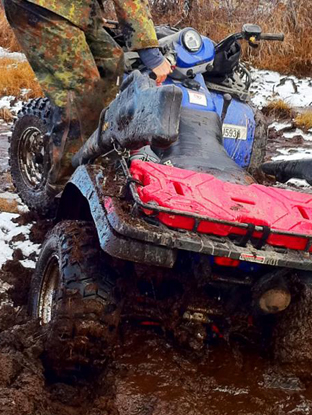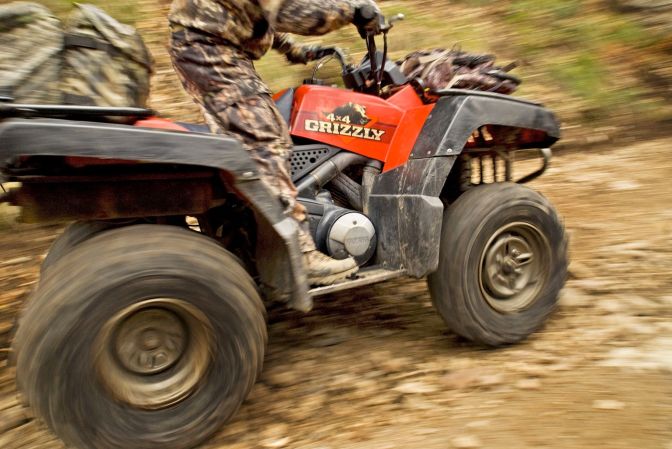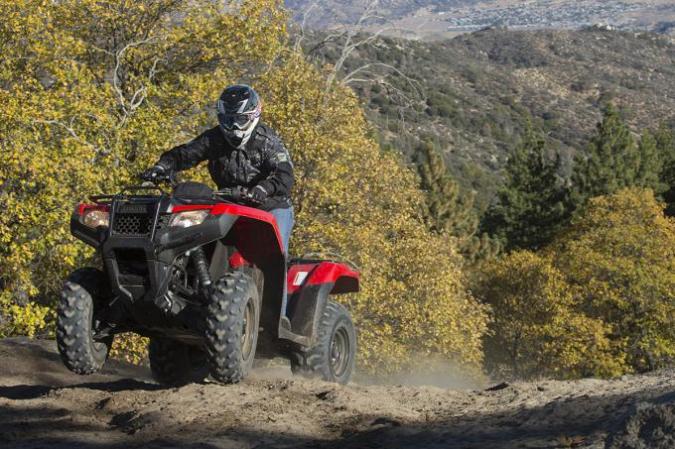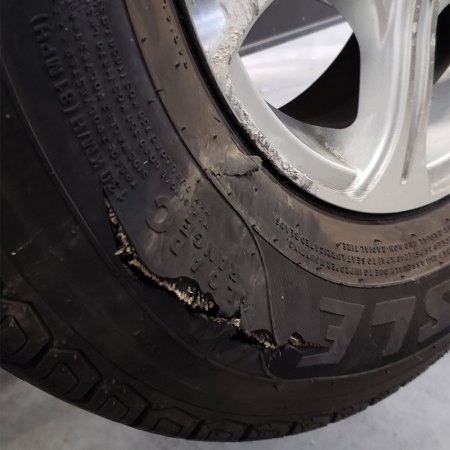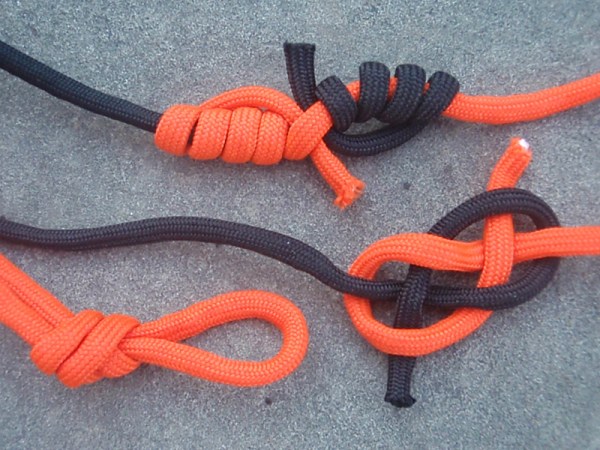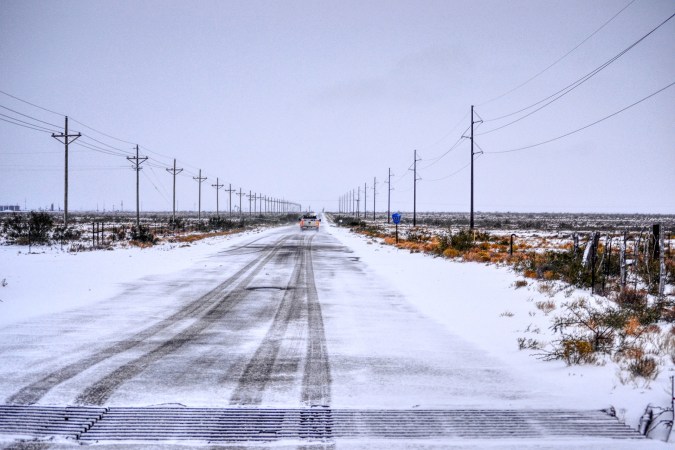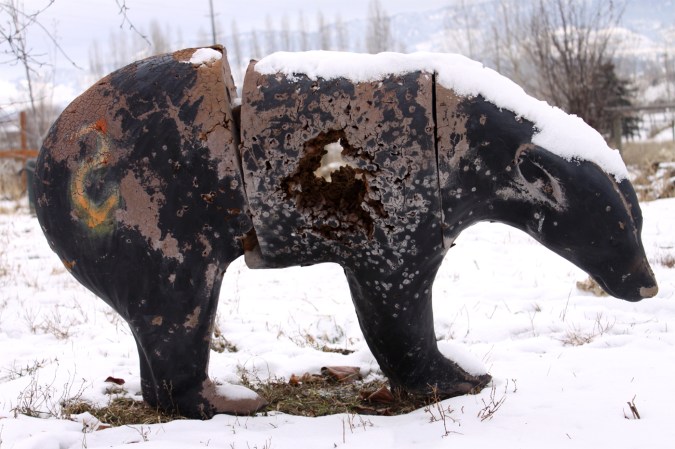We may earn revenue from the products available on this page and participate in affiliate programs. Learn More ›
You could be the best mechanic you know, yet could still make a mistake when tackling the job of changing the oil in your ATV. It’s not uncommon to make errors that will fly under the radar—until it’s too late. Keep these in mind next time you head to the garage for some tinkering.
1. A lot of us don’t think about how clean the actual ATV is during an oil change. Failure to first clean around the dipstick, external oil filter, or refill location can allow dirt or trail grit to get into the engine. Some will rely on the oil filter to catch this stuff, but how much damage will it do before it gets to the filter? Just clean up before you get started to save yourself hassle down the road.
2. When it comes to the engine oil in your machine, you need to know what type of oil the machine uses. The type of oil is important to ensure the best possible performance of your ATV, and could change with the seasons.
3. The drain plug in the bottom of the crankcase is most often an o-ring sealed threaded plug. This may have a 6-point nut style head on it for loosening with a socket or wrench. Or it could have a hex or allen style slot to be loosened with an allen wrench. Both of these styles almost always have an o-ring around the lip of the plug. This only needs to be snug (not over-tightened), and specific torque specs can be found in the service manual. Most usually fall in the range of 14 to 18 foot-pounds. Over tighten this plug, and you will be hard pressed to find a suitable fix without opening your wallet for dealership repairs.
4. The oil filter that is on the outside of the engine, similar to most automotive style filters, can also be over-tightened. This makes the next oil change difficult. Combine that with the fact that many of these oil filters are located in tight spaces, and things will get frustrating fast.
So next time you’re tightening the filter, just rub a little oil on the filter’s o-ring and hand-tighten the filter until it’s snug. If you have to remove a small cover to change the oil filter, be sure that the filter goes back in correctly. Most internal oil filters will have a spring, either mounted in the filter cover or held in place by the filter. If the fresh internal filter in installed backwards, the oil will not flow through the filter and you will ruin the engine.





